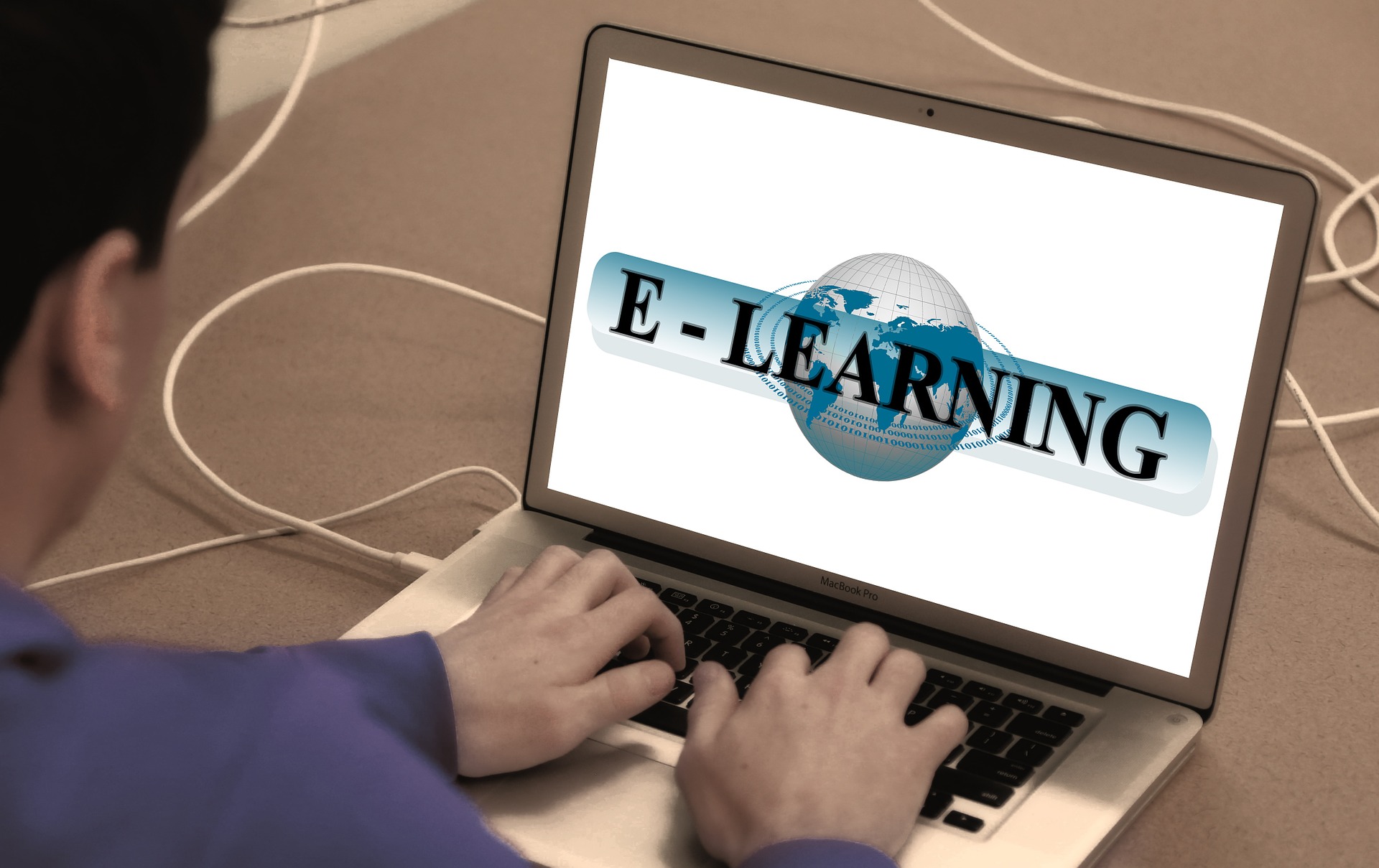The trend for E-Learning is constantly rising hence it can be rightly said that today, we are experiencing a digital transformation. Irrespective of its immense popularity and potential disruption, the audience still remains a bit skeptical about this change and a paradox exists due to this. And, the concern is that people still believe numerous myths associated with e-learning.
This makes them lose the opportunities surrounding the approach like gaining knowledge about the top elearning authoring tools and others alike. This approach of elearning is not just limited for students and has been a part of corporate training wherein respective employees are able to get their hands on various elearning authoring tools for large enterprises. So, to help you make an informed decision regarding whether to adopt an e-learning approach or not, we have dispelled its five common myths below. Have a look.
Myth 1. Online learning is easier
This is one of the biggest misconceptions of e-learning as the information produced and the knowledge imparted via online training is as rigorous and in-detailed as the one offered in classroom based training. Learners have to complete all the assigned tasks, finish the same number of assignments within a stipulated amount of time via online mode also.
It’s just the method of delivery which varies. In online learning, students access learning materials and connect with peers via a virtual mode and study at their own convenience within the comfort of their home. Hence, it’s the flexibility which makes it easier and nothing else.
Myth 2. E-Learning is about no interaction
E-Learning is all about learning at your own convenience at your home which does not imply that since it is virtual learning, it shall not involve any interaction with peers or instructors. It is made interactive with phones, messengers, video chats, and many such websites which lay emphasis on conversation and resolving any sort of queries while learning online.
Additionally, interacting with fellows and experts becomes all the more easy as learners are exposed to new websites in today’s digital world which help them hone their skills. Moreover, the top elearning authoring tools available make elearning all the more interactive.Myth 3. Online learning lacks adequate instructor feedback
Since online classrooms provide the opportunity for instructors to join in on discussion chats, messengers, offer webinars, and be involved via video calls with students who require personal attention for resolving their queries of respective topics, it can be rightly said that online learning does not lack adequate instructor feedback.
Moreover, it is a two way path and the learners must also make sure to initiate and participate during the lessons for availing a more responsive approach by the instructor.
Myth 4. E-Learning programs are not respected enough
Just as no one size fits all, not all courses are same or rather be treated indifferently. Course’s credibility depends on the institution by which the course is offered hence students must be wary and make sure to do extensive research while planning to avail knowledge via an online course.
Carrying forward this belief, fortunately today there are a large number of accredited online courses which are constantly on the rise. And as for job seekers, these courses tend to prove as beneficial as in-class courses as the employers are concerned with the skills and talents the candidate possesses and not the means by which it was acquired.
Myth 5. Online cheating is common
This was a major concern in yesteryear’s but is now taken care of via technological advancements like browser blocking functions during test sessions and keystroke tracking. Infact, online courses today have better cheat-proof functions than the traditional classroom method and it tends to evaluate students differently.
